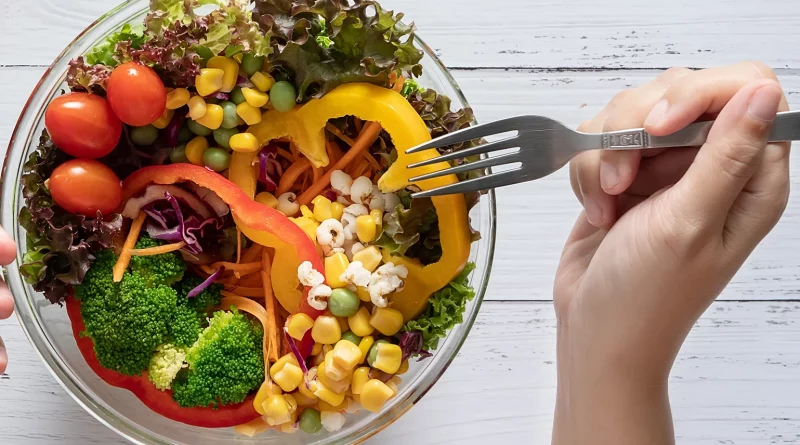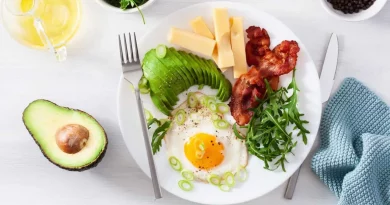A Diet for Leaky Gut Syndrome That Really Works!
Leaky Gut Syndrome as you might already know occurs when certain foods overwhelm your own body’s autoimmune system. When that occurs, your own body’s defenders react to and “attack” certain types of foods. Because of this the lining of the intestines becomes over tasked because of the continued exposure to those same foods.
This may result in inflammation of the lining or even pores developing thus leaving the intestines unable to do their job properly. Don´t waste your time with the many diets out there on the market today because they simply do not work! you will want to concentrate on eliminating specific foods from your diet for a while, for at least a month or so. This leaky gut diet will also allow your body the opportunity that it needs to heal and repair itself.
Start by eliminating certain fruits and vegetables from your diet. Now I know you´re probably thinking that fruits and vegetables are your friends, they are healthy, and so on. And for the most part that is true. But do yourself a favor and just try this out for a month. The diet is designed to find and eliminate the food sources that are at the root of the problem.
Start with bananas, strawberries, kiwis, citrus fruits, corn, pineapples, and papayas, plus nightshade vegetables such as eggplants, peppers, potatoes, and tomatoes. Now you are probably thinking, “I´m going to starve”, but keep in mind that the exclusion is only for a month to determine what exactly is causing your problem. Next eliminate soy and dairy products from your diet, including eggs.
Grains and foods with yeast such as bread, flour, wheat, spelled, Kamut, rye, barley, oats, and millet should also be eliminated from your diet. In addition, you need to eliminate beans, caffeine, chocolate, honey, vanilla extract, vinegar, mushrooms, and peanuts.
Now before you say, “Now I have nothing left to eat. I might as well die,” Consider this a chance to discover “new foods” and “new tastes,” so to speak. Take a look at all the wonderful foods you can now enjoy! Stick to certain fruits and vegetables such as apples, apricots, lettuce, avocados, onions, peaches, pears, beets, Brussel sprouts, carrots, plums, cherries, nectarines, coconut milk, spinach, figs, and grapes, plus berries (except for strawberries).
Just as there are some foods you should avoid equally there are some that you should eat For the first month, you can also include parsnips, bok choy, pine nuts, pumpkin seeds, cilantro, brown and wild rice, dandelion greens, sprouts, sunflower seeds, and kale.
After a month you will see for yourself that the symptoms associated with Leaky Gut Syndrome are significantly reduced, if not eliminated! You have now allowed your body to heal itself and what a great feeling that is. If you ever have any doubt, just take me time to think back on the symptoms of Leaky Gut Syndrome you had experienced before ie, (cramping, bloating, and gastrointestinal discomfort).
Now you can start slowly adding foods back to your diet. Start with meats, fish, chicken, and turkey. Not too much at one time as meat takes longer to digest anyway and you may feel a little bloated due to all the digesting that is going on in your stomach.
Remember to try each food for three days first. Then slowly introduce another food and so on until you can finally start adding more complex foodstuffs such as caffeine, kiwi, peanuts, refined sugar, peas, strawberries, and sesame seeds. The important thing here is not to add everything at one time.
This is a gradual process whereby you should add foods one at a time for three days. Pay very close attention to your body`s reaction to each food you add back to your diet. If you should have any symptoms again, then eliminate the food you just added immediately from your diet.
By following this leaky gut diet, you are not only allowing your body the opportunity that it needs to heal itself, but you are also learning what foods and foodstuffs caused your initial reaction in the first place, better enabling you to avoid similar symptoms in the future.


